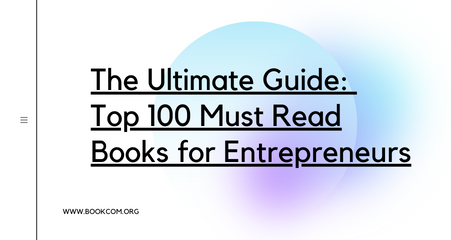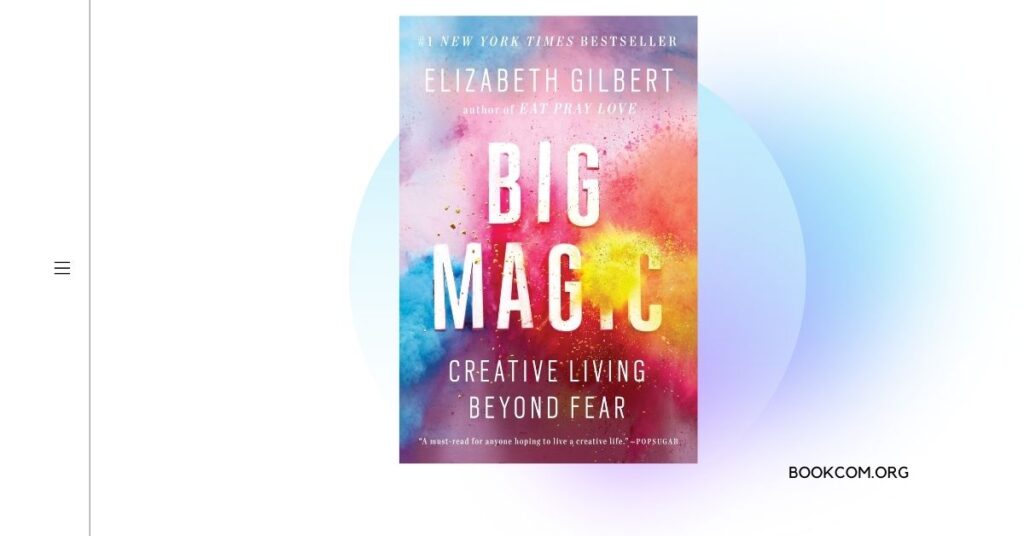In a competitive business landscape, finding new avenues for growth and success is essential. The ‘Blue Ocean Strategy‘ is a groundbreaking approach that has been adopted worldwide, reshaping the way companies are built and new products are launched. Developed by W. Chan Kim and Renée Mauborgne, this strategy focuses on creating uncontested market spaces, known as blue oceans, where companies can thrive and make competition irrelevant. In this article, we will explore two captivating case studies that demonstrate how the ‘Blue Ocean Strategy’ revolutionized industries. Through valuable insights, practical tips, and unique perspectives, we will unveil the transformative power of this innovative approach.
Case Study 1: Cirque du Soleil – Reinventing the Circus Industry Cirque du Soleil’s success story is a testament to the power of the ‘Blue Ocean Strategy.’ Traditionally, the circus industry was saturated with intense competition and declining audience interest. However, Cirque du Soleil decided to break away from the traditional circus model by focusing on creating a unique entertainment experience that combined elements of theater, music, and acrobatics.
Key Lesson 1: Redefining Industry Boundaries
Cirque du Soleil successfully redefined industry boundaries by shifting its focus from competing within the traditional circus market to creating a new market space that appealed to a broader audience. By blending artistry and spectacle, they attracted theater enthusiasts who were looking for a more sophisticated and visually stunning experience.
Key Lesson 2: Value Innovation
The ‘Blue Ocean Strategy’ encourages value innovation, which entails creating exceptional value for customers while simultaneously reducing costs. Cirque du Soleil achieved this by introducing innovative staging techniques, artistic storytelling, and world-class performances that justified premium ticket prices. Simultaneously, they eliminated expensive elements of the traditional circus, such as animal acts and big tops.
Case Study 2: Nintendo Wii – Revolutionizing the Gaming Industry
Nintendo Wii’s remarkable success provides another example of the ‘Blue Ocean Strategy’ in action. In a fiercely competitive gaming industry dominated by Sony and Microsoft, Nintendo chose to explore untapped market segments and redefine the gaming experience.
Key Lesson 1: Targeting Non-Traditional Gamers
While competitors focused on catering to hardcore gamers, Nintendo recognized the potential of appealing to non-traditional gamers, including families, elderly individuals, and casual players. By introducing intuitive motion controls and interactive gameplay, the Nintendo Wii became accessible and appealing to a broader audience.
Key Lesson 2: Creating a Unique User Experience
Nintendo differentiated itself by creating a unique user experience centered around fun, social interaction, and physical activity. By offering a gaming console that encouraged group play and physical movement, they captured the interest of individuals who previously had little or no interest in gaming.



